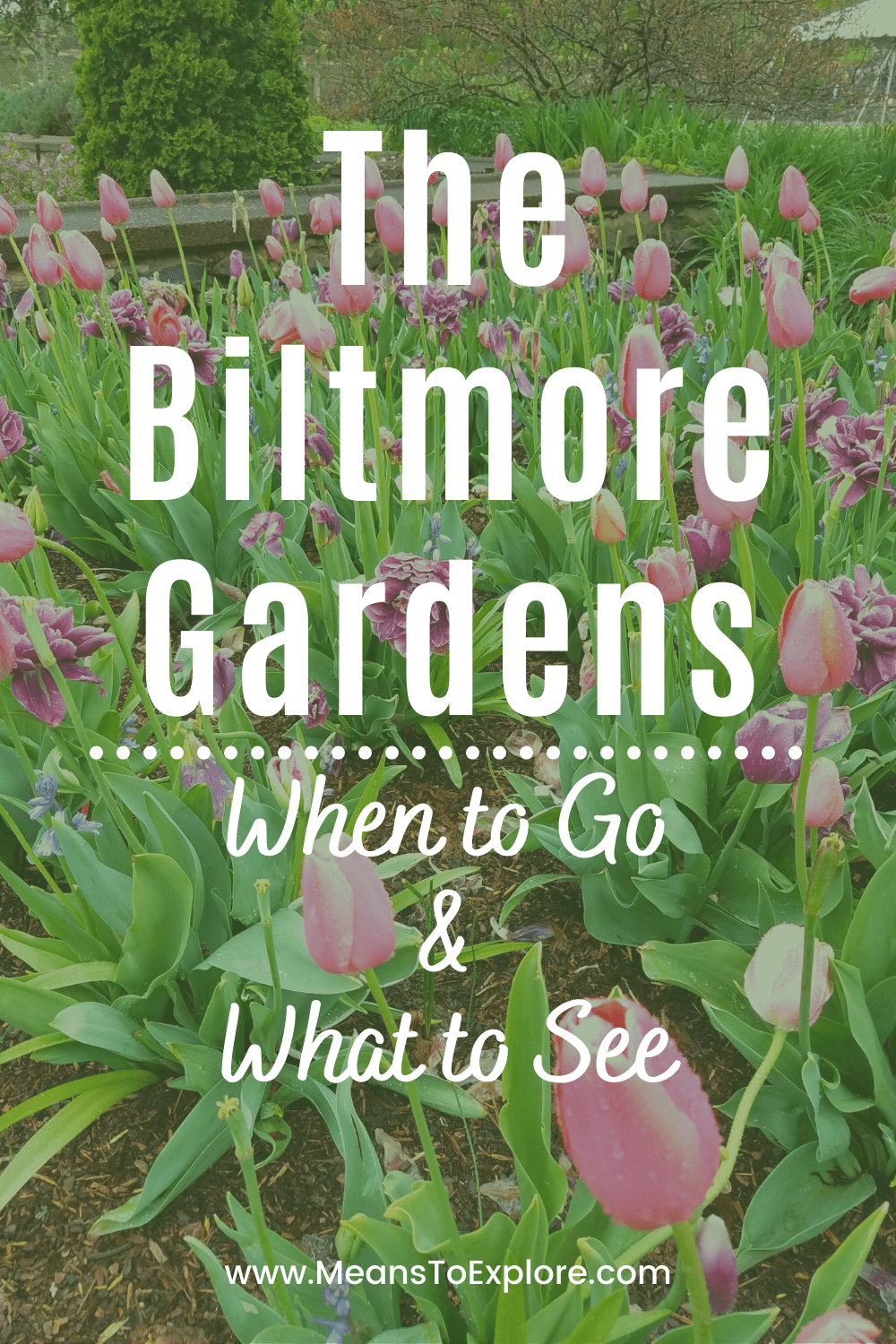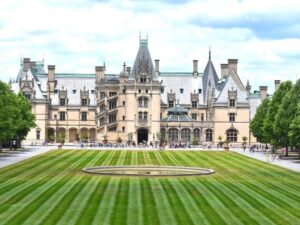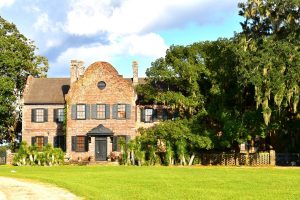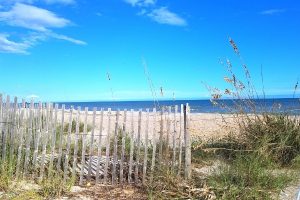The Biltmore Estate in Asheville, NC is known primarily for the enormous & beautiful mansion, but the Biltmore Gardens deserve recognition of their own.
Frederick Law Olmsted, famed landscape architect of New York’s Central Park, designed the Biltmore gardens and the entire grounds of the Biltmore Estate as well.
Olmsted literally created hills and lawns and forests to create the views he envisioned.
Each tree, flower, and shrub was individually chosen for maximum visual appeal by Olmsted, and the Estate gardeners still follow Olmsted’s plans today.
What you see today is what George W. Vanderbilt saw in the early 1900’s!
It doesn’t matter if you don’t know who the Vanderbilts are or if you’re not into history. Go be nosy and explore a Gilded Age millionaire’s mansion!
While you’re at it, go wander the gardens and get lost in beautifully curated nature!
This post may contain affiliate links. As an Amazon Associate and associate of other programs, I earn from qualifying purchases. This means if you click a link and make a purchase, I may earn a small commission at no extra cost to you.
Why Visit the Biltmore Estate?
Not only is the Biltmore House a unique piece of American history, but the Biltmore Estate is also a peek into the life of the 1%, showcasing how America’s first millionaires lived and played.
Everything you see, from the House to the gardens and even the very hills themselves, were designed with a purpose.
George W. Vanderbilt III was a third generation, youngest son in the Vanderbilt dynasty who had no responsibilities associated with the family business.
The bulk of the family fortune went to his older brothers. George inherited a small fraction of what they got.
But the thing is, a small fraction of the Vanderbilt fortune was still an enormous amount of money!
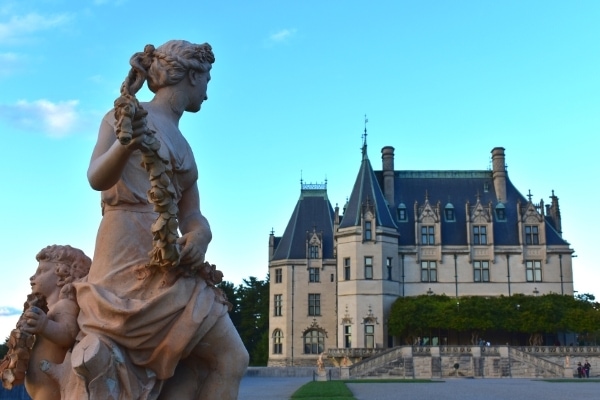
So, when George decided to build a home in the middle of the North Carolina mountains, away from his family in New York and any other major city of the time, he naturally wanted his bachelor pad to have all the latest creature comforts and cutting-edge technology of 1895.
(Yes, he planned this estate for himself. He wasn’t married yet when he started construction.)
He installed electricity and central heating, a bowling alley, a heated indoor swimming pool, and an Otis elevator, still in working condition today.
Even the servants’ rooms were considered above-average quality.
The Biltmore gardens and grounds are just as stunning.
Olmsted shaped the land to create the views he wanted so the hills part just right so the House is reflected in the Lagoon below.
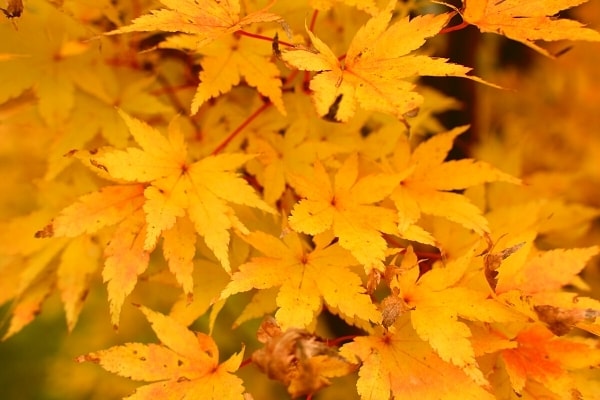
The Walled Garden flowerbeds are changed out every season so they continually overflow with color.
The Conservatory is a beautiful building that grows beautiful and exotic flowers year-round.
Azaleas burst into bloom every spring, and the forests put on a show every autumn.
The Biltmore Estate deserves a place on your North Carolina bucket list!
How Much Does It Cost to See the Biltmore Gardens?
A day time admission ticket is required to access the Biltmore Estate, even if you don’t want to tour the House.
You can’t get on the property without a ticket.
New in 2022, or back by popular demand, a Gardens & Grounds Only ticket is now available!
It’s not free, but it’s a good option for those that don’t want to tour the House, can’t due to mobility reasons, or maybe have already toured it once before.
However, if you become a Biltmore Annual Passholder, there are special promotions throughout the year for free or reduced admission for friends or family.
Mother’s Day weekend has free admission for mothers; likewise for fathers on Father’s Day weekend.
Admission can be a bit pricey if you’re on a budget, but it’s worth it.
And, where there’s a will, there’s a way. You can make a Biltmore visit work for almost any budget.
Here are all our budget-saving tips for visiting the Biltmore.

The Biltmore Gardens: When to Go & What to See
Library & South Terraces
Best Time of Year to Visit: summer, but all year is good
Imagine strolling out of the to-die-for Biltmore Library and onto the terrace with its million-dollar view of the Blue Ridge Mountains.
Sit under the vine-covered pergola and sip a hot cider or eat an ice cream cone, depending on the season.
The South Terrace hosts the Biltmore Summer Concert Series, and the built-in gazebo in the far corner of the terrace has gorgeous views of the estate, the French Broad River, and the mountains.
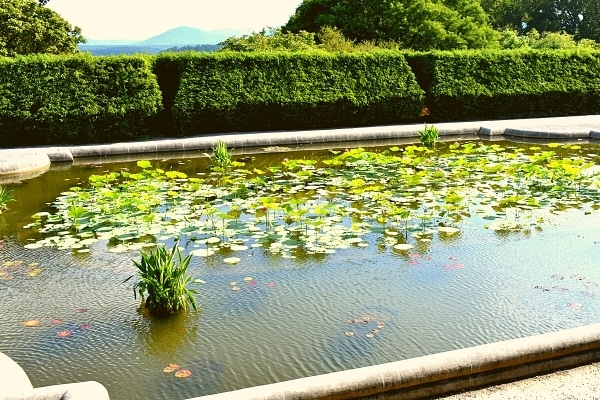
Italian Garden
Best Time of Year to Visit: winter
Very á la royal gardens of Europe, surrounded by high hedges and featuring beautiful statues, gravel paths, and ponds full of koi fish and lily pads.
Catch a beautiful sunset reflected in the water!
It’s worth noting that there is no shade in the summer.
There are a few benches with small arbors but you’d be lucky indeed to find one not already in use.
Shrub Garden
Best Time of Year to Visit: spring (for Chinese wisteria) or fall (for pretty leaves)
Green with pops of color year-round, this garden is about trees and shrubs and not focused as much on flowers as the other gardens.
Consequently, it’s often overlooked by visitors eager to get to the Walled Garden and the Conservatory.
See the red berries in winter or the blue-purple Chinese wisteria on the pergola walkway in the spring.
The Japanese maple trees turn the most vibrant shade of yellow in the fall.
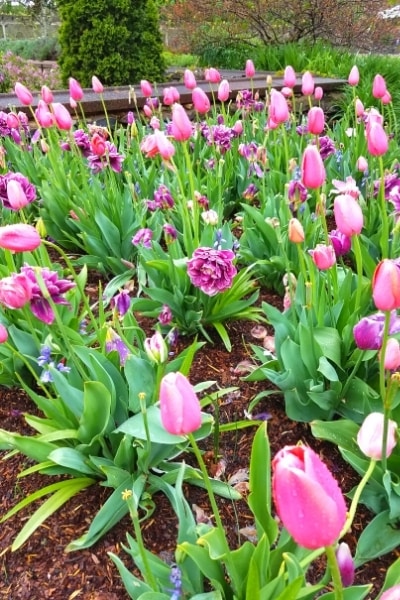
Walled Garden
Best Time of Year to Visit: year-round, but my favorite is spring
This is the heart of the Biltmore Gardens, the crown jewel!
These flower beds are changed out for every season and are always beautifully overflowing with coordinated blooms.
The walkway is lined with a pergola that grows grapes and squash, depending on the season.
Rose Garden
Best Time of Year to Visit: any time but winter
Gorgeous rose blooms of every variety greet guests in the 2nd half of the Walled Garden, nearest the Conservatory.
Gardeners experiment with new varieties as well, so you’ll find some truly unique roses in this garden.
The Conservatory
Best Time of Year to Visit: year-round
Orchids and other exotic hot weather plants bloom all year here.
Back in Vanderbilt’s day, the Conservatory supplied the house with fresh flowers year-round, a feat much more difficult to pull off in the early 1900s.
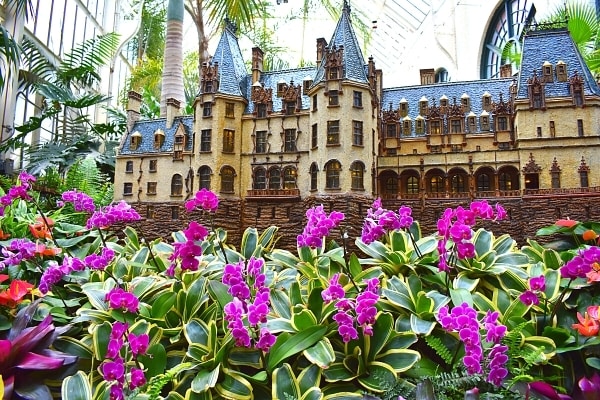
Today, orchids, palms, and more colorful flowers than I can name are packed into the three wings of the Conservatory.
The lower level houses the estate’s Garden Shop.
Pick up a Biltmore souvenir for your garden back home, and grab some of the delicious dip mix while you’re at it!
Spring Garden
Best Time of Year to Visit: spring (big surprise, haha!)
Trees and shrubs join the azaleas for a colorful spring display!
The walking path looping through this garden is moderately difficult because no matter which direction you choose, you’ll end up walking uphill at some point.
Take it easy, just stroll, and you’ll still enjoy it.
Azalea Garden
Best Time of Year to Visit: spring, shoot for mid-to-late April
This is the one garden that is time-sensitive: it’s best to visit in mid-April to catch the explosion of color.
Azaleas are beautiful but their blooms don’t last long. Once the flowers are done, they’re just green bushes for the rest of the year.
The Azalea Garden at the Biltmore Estate is truly a not-to-be-missed experience.
Spring weather doesn’t always cooperate, but honestly: these are worth going for a walk in the rain to see. I’ve done it. Worth it!
Bass Pond, Boat House, & Waterfall
Best Time of Year to Visit: fall
Follow the paved path for a beautiful walk through the Spring and Azalea Gardens until the Bass Pond finally comes into view.
Stop at the Boat House for a peaceful view across the pond before continuing on.
The Bass Pond is man-made, specifically installed so Vanderbilt could enjoy a waterfall within easy walking distance from his home.
From the Boat House, retrace your steps to the garden path, turn left, and continue left along the earth path around the edge of the pond.
As you round the pond, enjoy the full color of the fall foliage reflected in the water! These views are great any time of year, but fall color is my favorite.
You have the option to access the bridge over the dam or walk down to the base of the waterfall.
This is a popular photo spot for visitors, particularly after a big rainfall when the waterfall is at its peak!
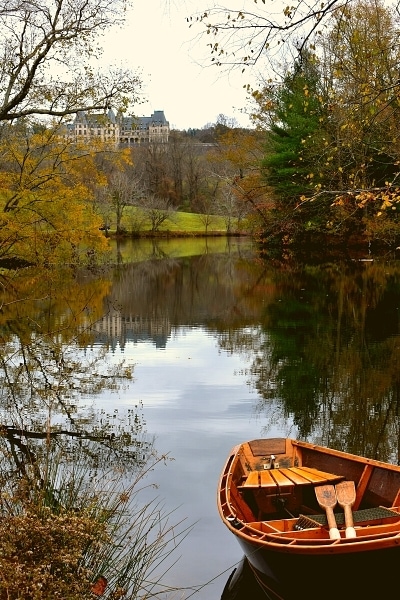
Lagoon
Best Time of Year to Visit: year-round, but strongly recommend fall
Not a garden, but another landscaping feature not to be missed when exploring the Biltmore Estate grounds.
Walking trails to the Lagoon from the House begin at the small gate at the bottom of the stairs at the far end of the South Terrace.
Another phenomenal idea from Olmsted, this lagoon was placed here, the hills sculpted, and the trees planted precisely so the back of the Biltmore House would reflect in the lagoon.
Beautiful detail of the estate!
Fair warning: the trail isn’t long but includes a couple of steep hills.
Walking down isn’t an issue. It’s walking back up to the House that’ll get your heart rate up.
If hiking hills isn’t your style, you can drive to the Lagoon instead.

There’s never a bad time to visit the Gardens at the Biltmore Estate!
Don’t skip the gardens! There’s always something to see in the Biltmore Gardens.
If you’re limited on time, make a bee line for the Walled Garden, stop at the Lagoon on your way out, and return another day for the rest!
Planning your first trip to the Biltmore or Asheville? Here are some of our favorite things to do in the area.
More Biltmore Travel Resources
- 35 Useful Tips for Visiting the Biltmore on a Budget
- Dining at Biltmore: The Best Biltmore Restaurants for Every Budget
- The Biltmore Gardens: When to Go & What to See
- Where to Find Discount Biltmore Tickets {9+ Places to Look}
- Is a Biltmore Annual Pass Worth It? {Cost Breakdown + Benefits}
- 6 Reasons to Visit the Biltmore
- Christmas at Biltmore: Don’t Miss this Magical Experience!
More Western North Carolina Travel Ideas
- Where to Stay in Asheville {Neighborhood Guide & Recs}
- 16 Can’t Miss Things to Do in Asheville, NC
- Driving Blue Ridge Parkway: Useful Tips + What to Expect
- 18 Best Overlooks on Blue Ridge Parkway
- 7 Best Short & Easy Blue Ridge Parkway Hikes near Asheville
- Is The Blowing Rock Worth It? {Honest Review}
- 9 Fun Things to Do in Little Switzerland, NC {A Blue Ridge Parkway town}
- 17 Easy-to-Reach Waterfalls in the Smoky Mountains
- Hiking the Laurel Falls Trail in Great Smoky Mountains National Park
Happy Travels!

About the Author: Rachel Means
With six-figure student loan debt and only 10 PTO days per year, Rachel started traveling the world. A decade later, she’s paid off her loans, changed careers, and been to 36 US states and 14 countries. She’s an expert at planning and budgeting for travel and loves to help others do it, too! Read her full story here.
Share it!
